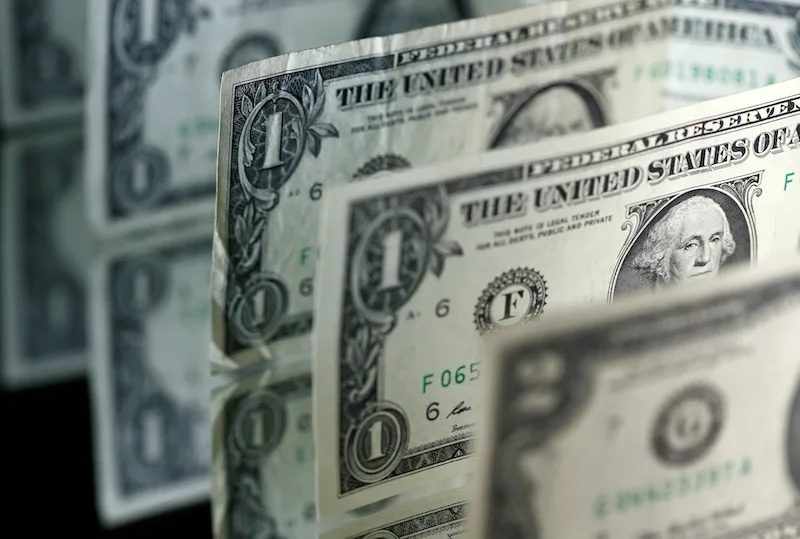Stablecoins: what are they for — and how stable are they?
- Date: 21-Oct-2021
- Source: Financial Times
- Sector:Financial Markets
- Country:Middle East
Stablecoins: what are they for — and how stable are they?
What are stablecoins?
Stablecoins are a form of cryptocurrency. Unlike Bitcoin and other speculative coins, however, stablecoins are nominally pegged to underlying assets in order to limit price fluctuations. This stability has made them the currency of choice for buying other cryptocurrencies.
Stablecoins first emerged around 2014 but their use has grown rapidly since the start of this year. In January, there were about $30bn worth of coins in circulation. By October, this had risen to more than $130bn.
There are dozens of types of coins but a handful make up most of the total value: $70bn worth had been issued by market leader Tether by October; another $32bn was in USD Coin, which is jointly run by payment services company Circle and cryptocurrency exchange Coinbase.
How are they used?
Customers buy stablecoins from exchanges, with some of that money, in theory, used to purchase reserves to provide asset backing. Stablecoins can then be used to buy other cryptocurrencies. Compared with wire transfers of dollars, stablecoins can settle deals far more quickly. That makes them suitable both for acquiring volatile cryptocurrencies and for shifting out of them in case the price falls.
Stablecoins have also found uses in decentralised finance, where they can earn income for























